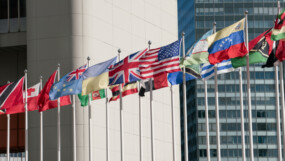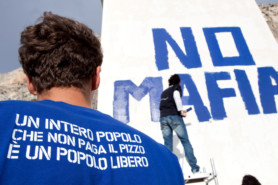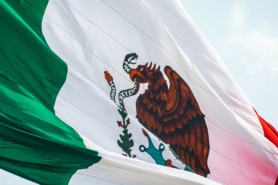Posted on 05 May 2015
Urban violence and crime have been rising in Brazil for the past four decades, despite progressive improvement in the country’s social and economic conditions.1 Violence is usually recognized as a multi-causal phenomenon in Brazil, linked to a broader social and economic context. Violence should also be understood as a result of the activities of organized crime groups who run illegal drugs and firearms markets, combined with weak institutions and poor policy responses.
This paper will examine the operational models of Brazilian organized crime groups, the changes in drug market and consumption patterns in the country, and how a cycle that feeds violence is established in tension with new legislation and policy responses. By analyzing initiatives such as a program to reduce crack use in São Paulo (São Paulo de Braços Abertos) and the Police Pacification Units (Unidades de Polícia Pacificadora, UPPs) in Rio de Janeiro, the paper points to the limits of the current conceptualization of safety and security in Brazil and indicates how an understanding of these limits should be used to shape new policy responses.
Photo by ckturistando on Unsplash



